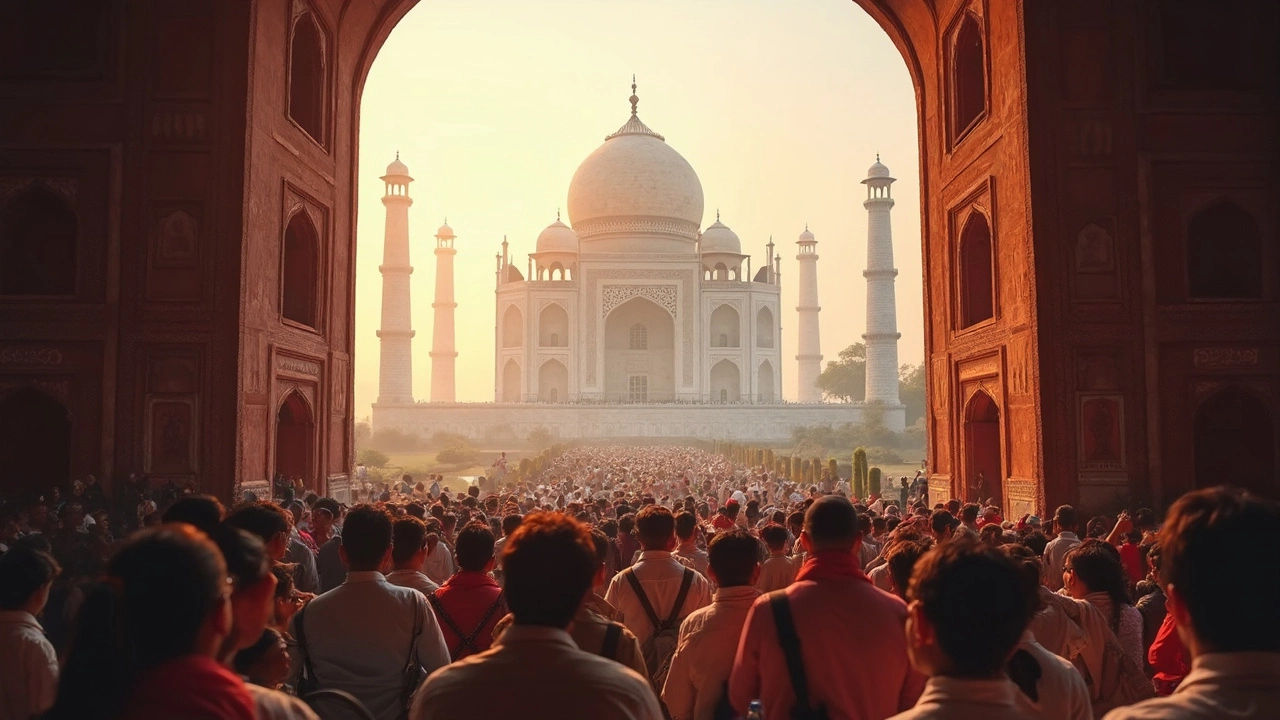Taj Mahal – What Makes This White Marble Wonder So Loved?
If you’ve ever seen a picture of the Taj Mahal, you’ve probably felt a tug in your chest. That feeling isn’t just because it looks beautiful; it’s the mix of a love story, brilliant design, and the way the monument changes with light. In this guide we’ll break down why the Taj Mahal matters, what you should know before you go, and how to make the most of a visit.
The Love Story Behind the Taj Mahal
Shah Jahan, the Mughal emperor, built the Taj Mahal in the 1600s as a tribute to his favourite wife, Mumtaz Mahal, who died during childbirth. He wanted a place that would keep her memory alive forever. The emperor hired the best architects, artisans, and craftsmen from across his empire. They spent more than 20 years shaping the marble, laying the gardens, and perfecting the calligraphy. The result is a massive white‑marble mausoleum that looks like a dream when sunrise hits it.
Every part of the building tells a piece of that story. The main dome, the four smaller domes, the minarets, and the intricate pietra dura inlay all reflect the emperor’s devotion. Even the garden layout follows the Persian “Char‑Bagh” style, symbolising the four rivers of paradise.
Visiting Tips & Insider Secrets
Getting to the Taj Mahal is easy: the nearest railway station is Agra Cantt, and there are plenty of buses and taxis. Aim to arrive early—around 6 am—to beat the crowds and see the monument bathe in the soft morning light. This is also the best time for clear photos because the marble glows pinkish at sunrise.
Buy tickets online if you can; it saves you from long queues at the ticket counter. Remember to bring a light sweater if you’re visiting in winter—the mornings can be chilly. Inside, the visitor path is fixed, so you’ll see the main hall, the cenotaphs, and the marble floor without wandering off.Don’t miss the side view of the Taj from the opposite bank of the Yamuna River. A short boat ride gives you a full‑width picture that most tourists miss. Also, take a few minutes to walk the garden pathways; the symmetry and the fountains are calming and perfect for a quick break.
When it comes to food, skip the tourist‑filled stalls near the entrance. Head to a nearby street‑side dhaba for a mughlai thali or a fresh mango lassi—both are tasty and affordable. Finally, respect the rules: no climbing, no shoes inside, and keep your voice low. The Taj is a living heritage site, not just a photo backdrop.
Whether you’re a first‑time visitor or returning for a second look, the Taj Mahal never stops surprising. Its marble changes color throughout the day, the gardens bloom in different seasons, and the quiet moments in the early morning feel almost spiritual. Keep these tips in mind, and you’ll walk away with more than a picture—you’ll have a personal connection to one of the world’s most beloved monuments.
